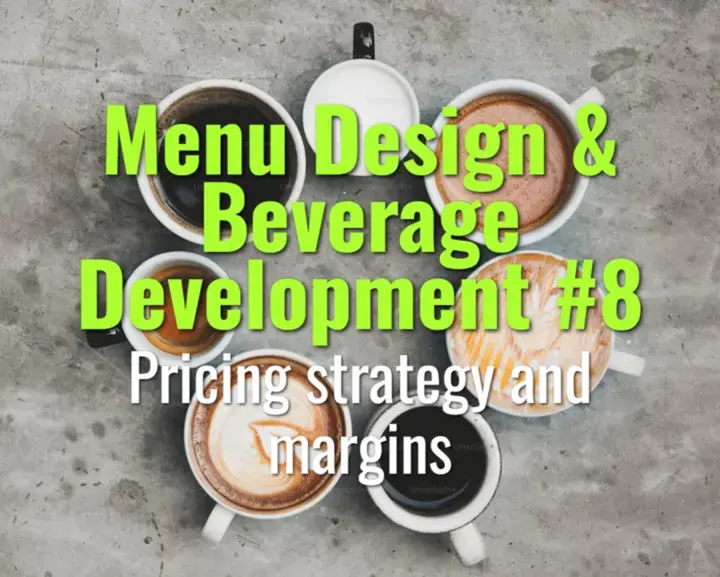Pricing strategy and margins
How to set prices for coffee menu items, calculate margins, and balance profitability with customer expectations.
- Coffee Basics Nerds
- 2 min read
Article 8 of 12 in Menu Design & Beverage Development/

Key Principles of Pricing
- Pricing must cover ingredient costs, labor, overhead, and packaging.
- Target margins should sustain business while keeping prices competitive.
- Transparent, consistent pricing builds customer trust.
Costing Basics
- Cost of Goods Sold (COGS): Coffee beans, milk, syrups, filters, cups.
- Labor Costs: Barista wages factored per drink.
- Overheads: Rent, utilities, equipment maintenance.
- Packaging: Cups, lids, straws, napkins.
Margin Targets
- Specialty coffee industry aims for 70–80% gross margin.
- Example: If drink costs $1.20 to make, menu price should be ~$4–5.
Pricing Strategies
- Cost-Plus Pricing: Base cost + markup for target margin.
- Value-Based Pricing: Price reflects perceived value (e.g., signature drinks command premium).
- Tiered Pricing: Different sizes or premium add-ons (alternative milks, syrups, extra shots).
- Anchor Pricing: Position premium drinks beside standard options to encourage mid-tier choices.
Menu Psychology
- Use rounded pricing ($4.00) for fast casual, prestige pricing ($4.50 / $4.95) for premium feel.
- Highlight signature or seasonal items at slightly higher margins.
- Bundle items (coffee + pastry) to increase average spend.
Monitoring & Adjusting
- Track ingredient costs regularly; adjust prices if supply costs rise.
- Compare competitor pricing in the local market.
- Use POS data to identify high-margin bestsellers and low-margin underperformers.
Summary
Effective coffee pricing balances profitability, competitiveness, and customer perception. By calculating true costs, targeting healthy margins, and applying smart pricing psychology, cafés can maximize revenue while delivering value that customers recognize and trust.